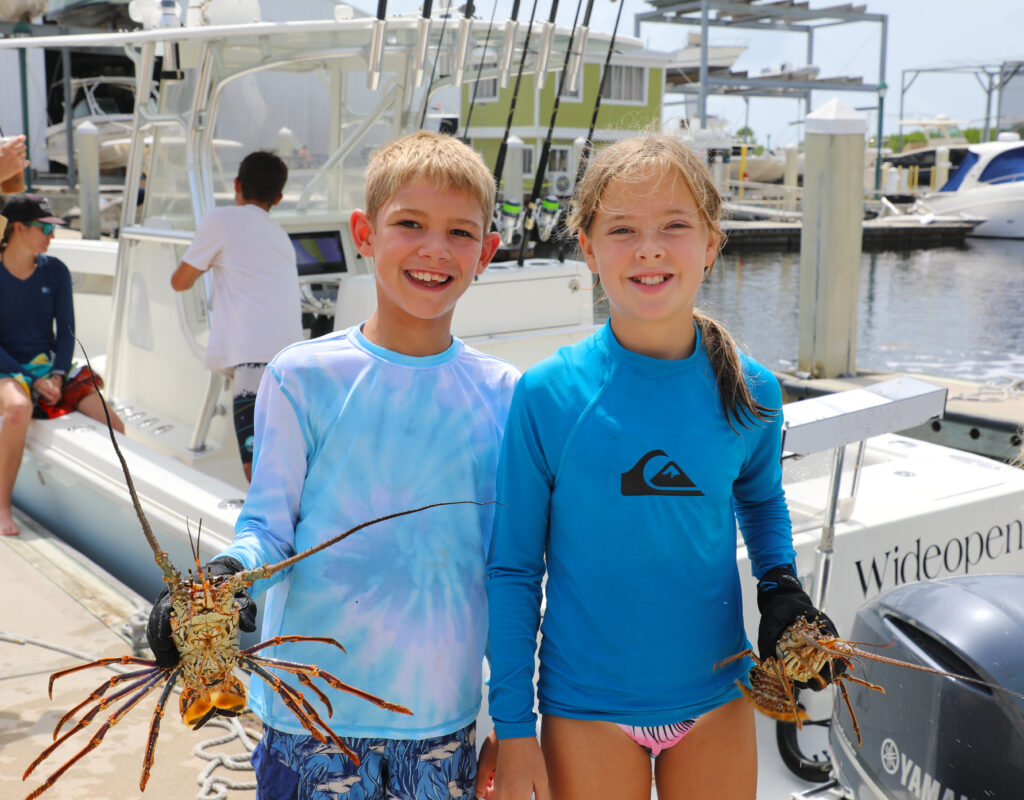By Christine Patton
Is Summer Better?
Funny how I take weather for granted until it comes time to go fishing. My golf game goes on, whatever the temperature or the wind direction; generally, we say that unless it’s raining, it’s on. But fishing is very much a weather game, where wind, tide and temperature are critical — and even more noteworthy is that the best weather for fishing may be the least popular for humans.
In the wintertime, we flock to the Keys for its dry, sunny days and mild nights, but for the fisherman, the low light can make visibility difficult, even at midday. Winter tides can be extreme, baring flats to the winds and driving bonefish, tarpon and permit into the depths. In December, January and early February, while we are enjoying the low humidity that allows us all types of outdoor sports, there are usually a few good days for anglers when the wind comes around to the east and the bones respond quickly to the weather change and reappear on the flats, but on days when the winds and temperature are adverse, anglers are forced to make the run from Key Largo towards the Everglades and Flamingo for redfish and snook. Meanwhile, offshore anglers are in their glory when the barometer is dropping as the sailfish are drawn by the baitfish funneled into the crease of northeast wind-driven waters meeting the Gulf Stream. King mackerel and cobia cavort in the churning water and only the toughest angler can take the long days of rough seas.
The surprising other side of the coin is that summer fishing in the Keys can be delightful. Despite the intense sun, the temperatures are always a few degrees cooler than any major city in the US. On the water, southeasterly breezes blow away bugs and humidity, while thinly-dressed sportsmen enjoy the best conditions. Summer fishing offers more permit and tarpon, and the stronger tide changes make more flats available for poling and hunting, as opposed to staking out. In the summer heat, night fishing on the reef can offer relief while the darkness makes snapper and yellowtail easier to trick into taking the bait. The tropical sky, alive with stars and away from ambient light sources, is a wonderous distraction.
The climax of the summer season, in late July, is the madness that is lobster season. The two-day mini-season, which this year is July 26 & 27, allows recreational divers, snorkelers and netters to get a head start on the commercial fishermen, whose season opens 10 days later. The lobsters, called “bugs” must have a carapace more than 3 inches (egg-bearing females are protected) and must be caught and measured without breaking the shell. The numbers show the popularity of the sport — last season’s count was estimated at 432,000, which, at 6 per day for 2 days, suggests that there were over 35,000 divers on the water per day! Weather doesn’t seem to come into it at all.

When I start the packing process for our annual migration north, I am always reminded that my personal history with Ocean Reef actually started with July trips to Islamorada, back in the 80s. Only when we looked for someplace that had more than a weekend’s interest did we discover the year-round paradise that was secluded just 25 miles away. As I pack, I inevitably wonder why I don’t spend the summer months, when the fishing is so good, here too? I think there are a growing number who do…



